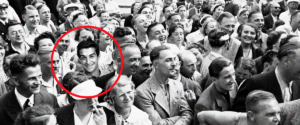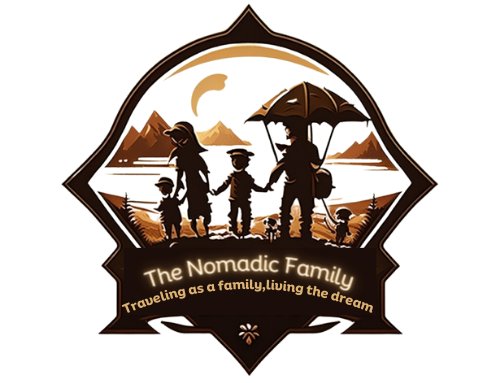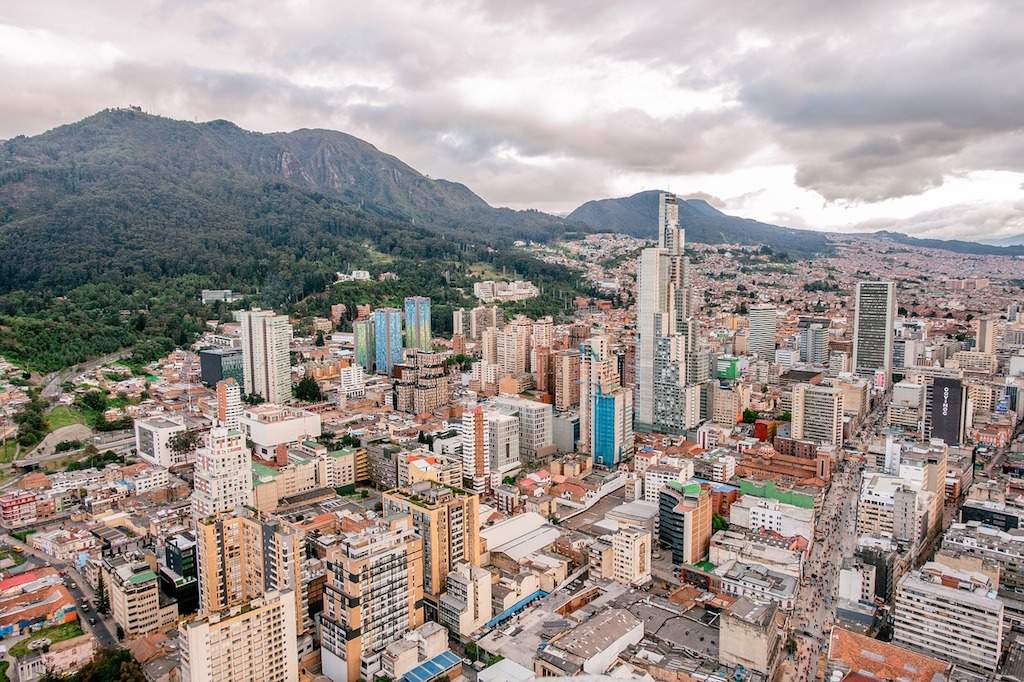Throughout history, the idea of time travel has captured the human imagination, weaving its way through ancient mythology, ancient literature, and fantastical science fiction This enduring fascination lies in layers of deep transcend the limits of our mundane lives, rewrite our past mistakes , or glimpse our future. From the adventures of Welles’ “The Time Machine” to the intricacies of modern film and fiction, time travel remains a source of curiosity and creativity.

This article aims to explore the strange fabric of time travel, demystify it, explore scientific theories that support its feasibility, and consider practical steps that theoretically bring us closer to we will achieve this phenomenon We aim to provide the identity of a time traveler based on dreams.
1: Interest in time travel
Time travel has long been a fascinating subject, deeply rooted in the stories and lore of ancient civilizations, and extending to complex stories in modern science fiction This book explores the historical and cultural appeal of time travel, and reflects its prevalence in myth and legend
Psychological and practical interest
- Correcting past mistakes or learning about the future: One of the greatest attractions in time travel is the human desire to undo past regrets or to foresee the future. This longing reflects a deep anxiety about death, freedom, and the irreversible flow of time. Time travel offers a wonderful solution to these existential dilemmas, offering the possibility of changing our destiny or indulging our curiosity about the unknown
- Metaphors of Reflection and Change: Beyond its literal meaning, time travel is a powerful metaphor for personal growth, reflection, and transformation. Time travel symbolizes the process of revisiting past experiences, learning from them, and imagining a better future. Literature and film often use time travel as a narrative to explore issues of redemption, identity and the intersection of actions in different dimensions of time

2: Myths and misconceptions about time travel
Time travel is a concept that inflames the imagination and invites fantasy, making for beautiful myths and illusions. While these stories are entertaining, they are often very different from scientific understanding. This section examines common time travel myths, debunks them with current scientific insights, and explores interesting contradictions in theoretical travel explanations
Typical time travel tales
Time travel myths abound in science fiction and popular culture, depicting time travel as a simple matter of pressing a button on a telescope or accelerating a modified car Myth some of the most common ones are:
- Instantaneous travel: It will need to be considered that time travel can occur instantaneously without considering the force majeure or extreme conditions implied by theoretical physics.
- Changing history: Several cases suggest that small changes in the past can change the present, ignoring the complex causes and theoretically if such changes are impossible it will affect the passenger’s original timetable.
- Simple Path in Time: Fiction often ignores the enormous challenge of defining a precise moment in time, not to mention its precise location in space relative to Earth’s relation to the universe.
Debunking myths with current scientific understanding
Modern physics offers a different view of time travel, based on the theories of relativity and quantum mechanics. For example, the idea of a wormhole provides a theoretical basis for creating short circuits through spacetime, but the existence of such objects has not yet been proven, and the energy required to create or maintain them in 1914 is beyond our present capacity
Additionally, relativity theory suggests that time can expand at speeds close to the speed of light or in strong gravity, causing the elapsed time to vary among observers This is the future of “time travel.” ” some scientifically recognized, though not entirely popular depictions of time machines
The time travel paradox
Time travel creates a number of paradoxes that challenge our understanding of causality and the nature of the universe:
- Ancestor Paradox: This paradox asks what would happen if a time traveler went back in time and their ancestor failed to meet their ancestor, potentially hampering the time traveler himself. It questions the stability of history and whether past actions can change the present.
- Bootstrap paradox: Also known as a causal loop, this paradox occurs when an object or information sent backwards in time gets trapped in a cycle that creates itself (e.g., if someone goes backwards in time and teaches Einstein’s theorem about relativity as their originally learned from the published works of Einstein).
philosophical commentary and speculative treatment
Philosophically, these contradictions force us to reconsider our notions of free will, determinism, and the true nature of time. Fiction often explores these themes, proposing resolutions or simply accepting the paradox as an unsolvable mystery. Theoretical physics has offered many solutions, including the possibility of multiple parallel universes or timelines, allowing for changes in the past without affecting the original timeline around
3: The Science of Time Travel
Scientific research into time travel is not just fiction; It has deep roots in physics, especially in the theory of relativity put forward by Albert Einstein. This section explores the assumptions of relativity that underlie the concept of time travel, the real-world implications of time dilation, and theoretical considerations of wormholes and cosmic loops that could enable spacetime travel in the 19th century.
Theory of relativity
Basic explanation: At the core of the science of time travel is Einstein’s theory of relativity, which is divided into special and general theories Basic theories of relativity introduce the idea that time is not absolute, it can change based on relative speeds for different observers It’s slow. This concept is important for understanding future time travel.
Real World Events and Experiments: Time dilation has been observed and measured and measured primarily in astronauts who spend time in orbit in space, orbiting the Earth at high speed, with time being slightly slower than those on the surface in. Although the difference is small, it is measured consistently and confirms the predictions of the theory. Orbiting GPS satellites also provide useful evidence for special and general relativity, which requires adjustments to account for time dilation effects to maintain accuracy
Wormholes and cosmic stars
Introduction to theoretical concepts: In addition to the rather straightforward concept of time dilation, theoretical physics proposes the existence of wormholes and cosmic webs as possible ways of traveling in time in Commonly described as routes through spacetime : Design flaws in the fabric of the universe, the space -time around them can warp you in certain ways to allow for time travel.
Current Scientific Research and Challenges: While these concepts are theoretically plausible within the framework of general relativity, they pose significant scientific and technical challenges. For wormholes to be viable for time travel, they would need to be stable, traversable, and large enough for human passage, requiring forms of matter and energy that are currently speculative, such as exotic matter with negative energy density.
Research in these areas is ongoing, with scientists exploring the quantum aspects of gravity, spacetime, and the universe’s structure to find evidence of these phenomena or ways to realize them. However, the technology and understanding required to harness these concepts for time travel are far beyond our current capabilities. Theoretical work and mathematical models continue to offer insights, but practical application remains a distant goal.
4: Practical steps to become a time traveler
The journey to becoming a time traveler, even the most theoretical, requires a solid foundation in science, a commitment to continuous learning, and a willingness to take on challenges it lies in front of us mentally and physically
To understand the basics of physics
Solid Foundations Needed: A deep understanding of theoretical physics and mathematics is essential for anyone seriously interested in the concepts underlying time travel. Knowledge in areas such as general relativity, quantum mechanics, and cosmology is essential to understanding the complexity of the theoretical possibility of time travel
Resources: Fortunately, the digital age has made access to educational materials easier than ever. Many online courses offer an introduction to these complex topics, covering varying levels of knowledge from beginners to advanced. Websites such as Coursera, edX, and Khan Academy offer courses developed by universities and educational institutions around the world. Textbooks written by experts in the field can also provide in-depth insights; Titles like Gravity by Charles W. Misner, Kip S. Thorne, John Archibald Wheeler, or The Elegant Universe by Brian Greene are great starting points.
after scientific progress
Keeping up with cutting-edge research: Physics continues to evolve, with new discoveries and theories emerging that could bring the concept of time travel closer to reality. Regular reading of scientific journals, following relevant research organizations on social media, and subscribing to publications such as Nature or Scientific American can help interested parties stay informed.
Community outreach and conference participation: Interacting with the scientific community through meetings, social media groups, and attending conferences can provide in-depth insights and up-to-date updates on research developments. Organizations like the American Society of Physical Therapy (APS) and events like the World Festival of Science provide forums for discussion and learning.
mental and physical preparation
The importance of cognitive flexibility and moral reasoning: Understanding the theoretical aspects of time travel is only one part of the equation. A change of mind is essential to the philosophical and moral implications of time travel. Possible historical, societal and individual impacts must be carefully considered. Immersion in the literature on scientific and technical ethics can provide a rounded perspective.
Physical conditioning associated with potential future spaceflight requirements: Although physical travel through time remains a theoretical endeavor, preparation for intense spaceflight can be viewed as practical steps Astronaut training programs involve physical fitness, mental flexibility, and technical skills. Following regular exercise, mental health practices, and appropriate educational strategies in space or technology can provide a solid foundation for the challenges of space travel, namely.
5: The Role of Measurement and Measurement Case
Imagination and imagination play an important role in scientific discovery and innovation, especially in time travel. These creative outlets not only entertain and inspire, they also serve as inspirations for real-world scientific discoveries. This section explores how fiction has influenced science and how engaging in creative processes can enhance our understanding of complex concepts.
Inspiration from fiction
The impact of science fiction on scientific discovery: The relationship between science fiction and scientific progress is well documented. Visual fantasy novels are often ahead of and inspired by technological advances and scientific advances. From the communicators who predicted cell phones on Star Trek to Arthur C. McCarthy. From Clark’s perspective on geostationary satellite communications, the information has a certain skill for predicting and stimulating the future of science and technology
Examples affecting scientific research: The popularity of the idea of literal time travel in literature and movies has led physicists to search for the theoretical basis of time as a fundamental element and the possibility of wandering H.G. Wells’ “The Time Machine” is not classic speculative fiction; It inspired generations of scientific research into the feasibility of time travel. Similarly, Carl Sagan discussed the possibility of a wormhole for his novel Connections with physicist Kip Thorne, emphasizing the connection between scientific research and visual storytelling.
Creative Visualization
Imagination as a Scientific Tool: The ability to visualize complex concepts is a crucial skill in theoretical physics and mathematics. Imagination allows scientists to conceptualize abstract theories and models, from the curvatures of spacetime to the multiverse theory. Engaging with speculative fiction can sharpen this skill, as it encourages readers to picture and grapple with concepts beyond the bounds of current reality.
Engagement with Creative Communities: For those intrigued by the possibilities of time travel, participating in creative writing or speculative fiction communities can provide a unique avenue for exploration. These communities offer platforms to share ideas, speculate about the future of science and technology, and imagine the practical and philosophical implications of time travel. Writing and discussing speculative fiction can stimulate creativity, foster a deeper understanding of scientific principles, and even generate novel hypotheses for scientific investigation.
conclusion
The journey through time travel, myth, science, and fantasy highlights the importance of distinguishing between fiction and scientific fact. While we are captivated by the thrill of time travel, it is our obsessive pursuit of knowledge of physics and relentless curiosity about the mysteries of the universe that bring us closer to grasping the true nature of time and our place in it breed
We encourage readers to delve into the principles of physics, keep up to date with the latest scientific developments and scientific breakthroughs, and participate in ongoing dialogue on science and speculative fiction strongly sworn to. While the practical knowledge of time travel may be beyond our current understanding, his psychological research inspires innovation, challenges our understanding, and expands the scope of human exploration and discovery
Finally, the value of considering time travel goes well beyond the requirements of visits at different times. Time travel, encouraging us to think beyond the limits of our current knowledge, to consider what might be possible, and to seek to understand the incredible fabric of the universe, is, in essence, proof that the relentless quest of the human spirit for knowledge and the eternal desire to explore the unknown.





